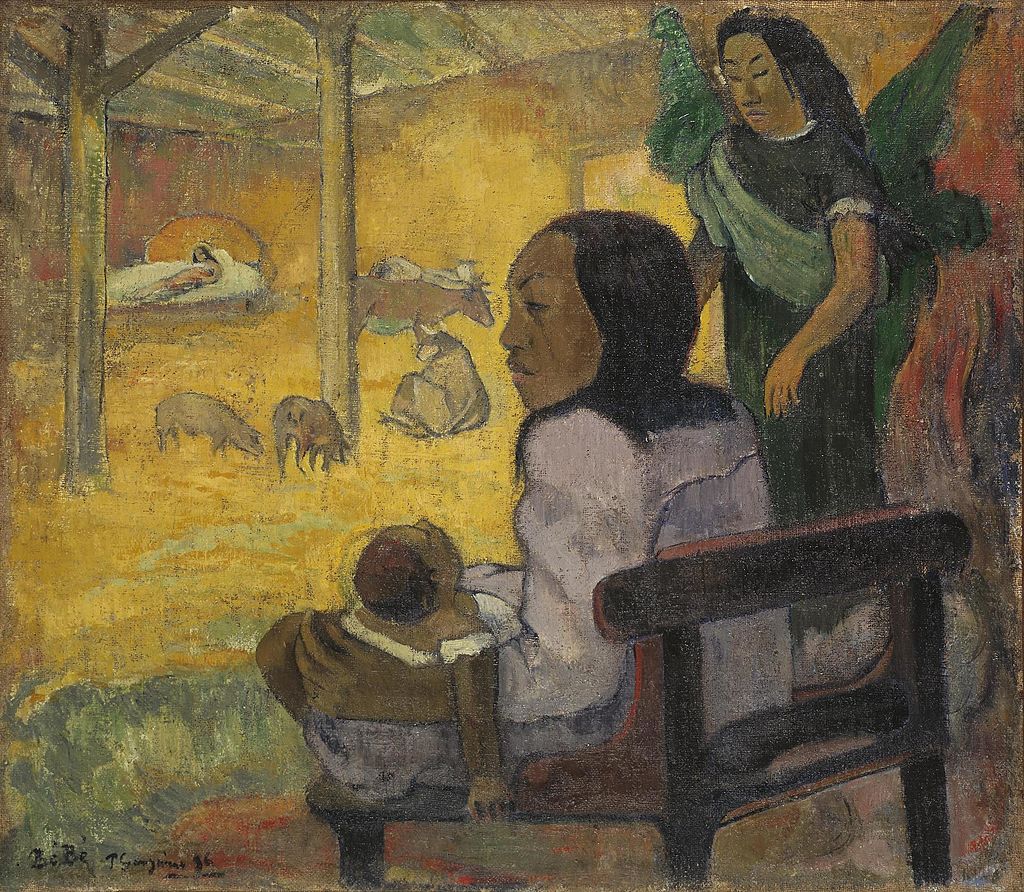
Nativities over the centuries
“Jesus was born in Bethlehem of Judea, in the time of King Herod. Some Magi came from the east to Jerusalem and asked: «Where is the one who has been born king of the Jews? We saw his star rising, and we came to worship him” from the Gospel According to Matthew.
The birth of the son of God shocked the world and also that of images.
The Nativity became one of the most talked about moments in the history of art. It was interpreted by many artists over the centuries.
It began in 1223, when Saint Francis of Assisi represented the mysterious moment of the birth of Christ for the first time in Greccio and gave life to the so-called Living Nativity Scene. He chose Greccio, in Sabina, in upper Lazio, because he had reminded him of the poor areas of Palestine and Bethlehem, where the son of God was born.
At the end of the Middle Ages, precursor of modernity, Giotto in the Nativity frescoed in the Scrovegni Chapel in Padua, between 1303 and 1305, offers a significant testimony to the sensitivity of the time of rebirth, favoring the “theme of affections”, the natural dimension and human of the sacred event.
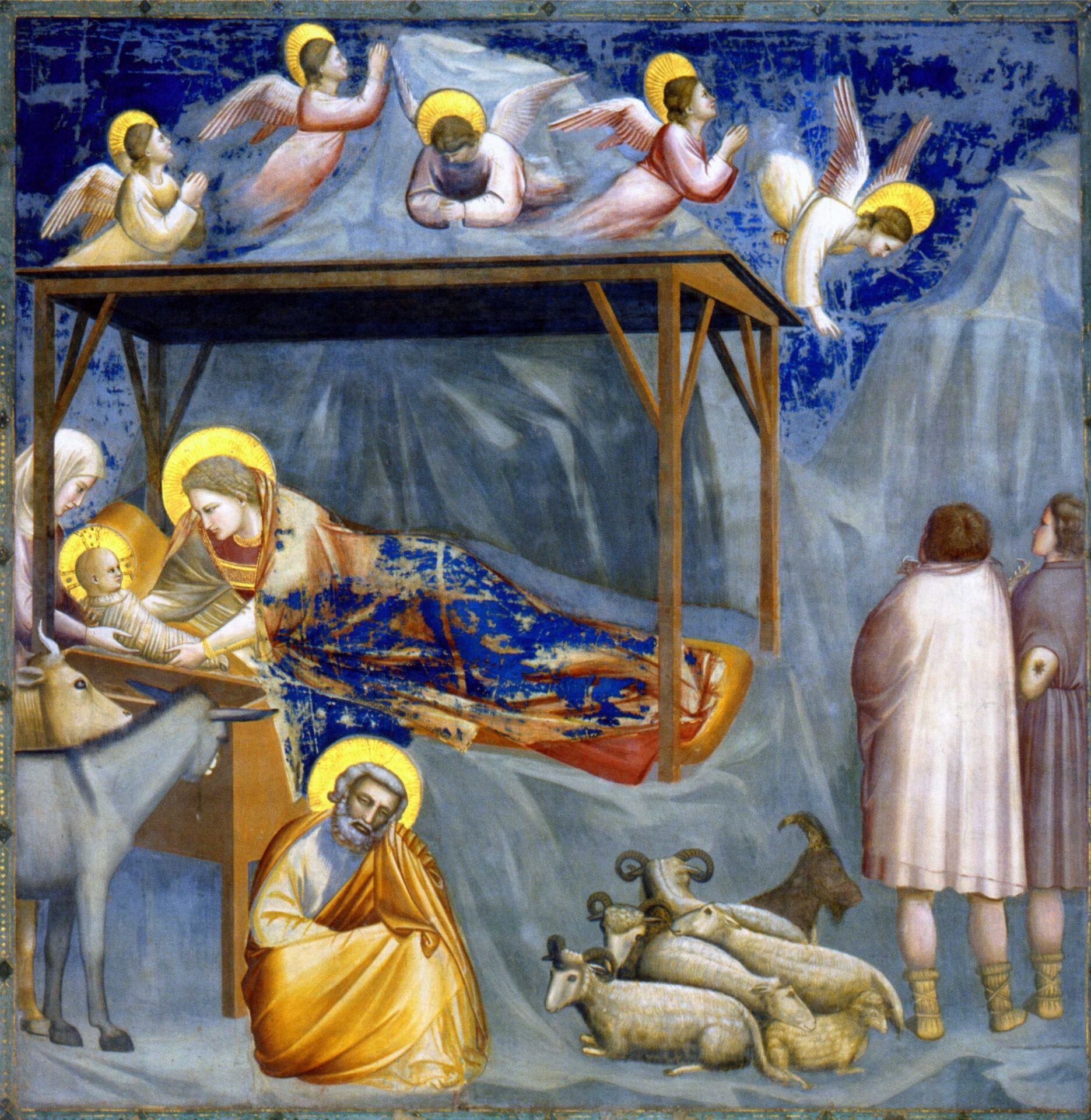
In 1501 Sandro Botticelli painted the Mystical Nativity, now in the National Gallery in London. A work that combines the theme of the birth of Christ with that of the second coming, or the return to earth before the Last Judgment.
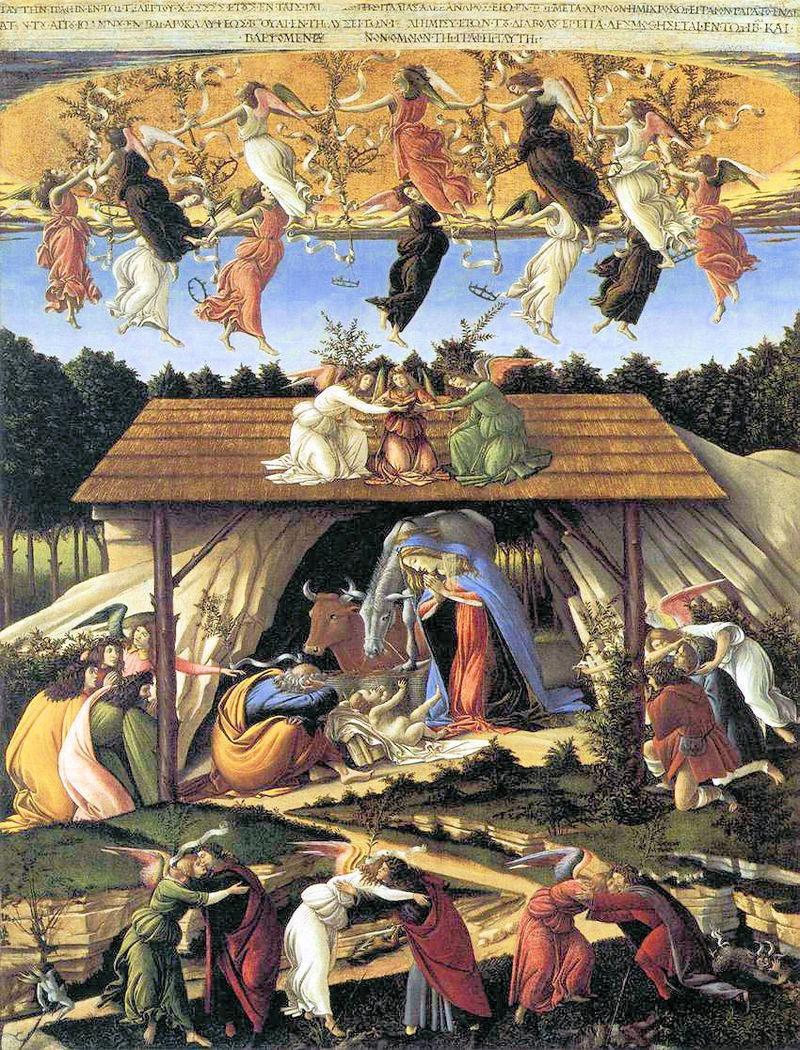
Of more classical derivation, but only in style, the Holy Family that Michelangelo represents in his Tondo Doni, dated between 1506/07, Uffizi Museum in Florence.
Very interesting representation and subject to various interpretations, because it proposes two worlds, the religious one and the pagan one, the latter represented by naked angels, while in the foreground, the very small sacred family triumphs, made up of mother, father and son.
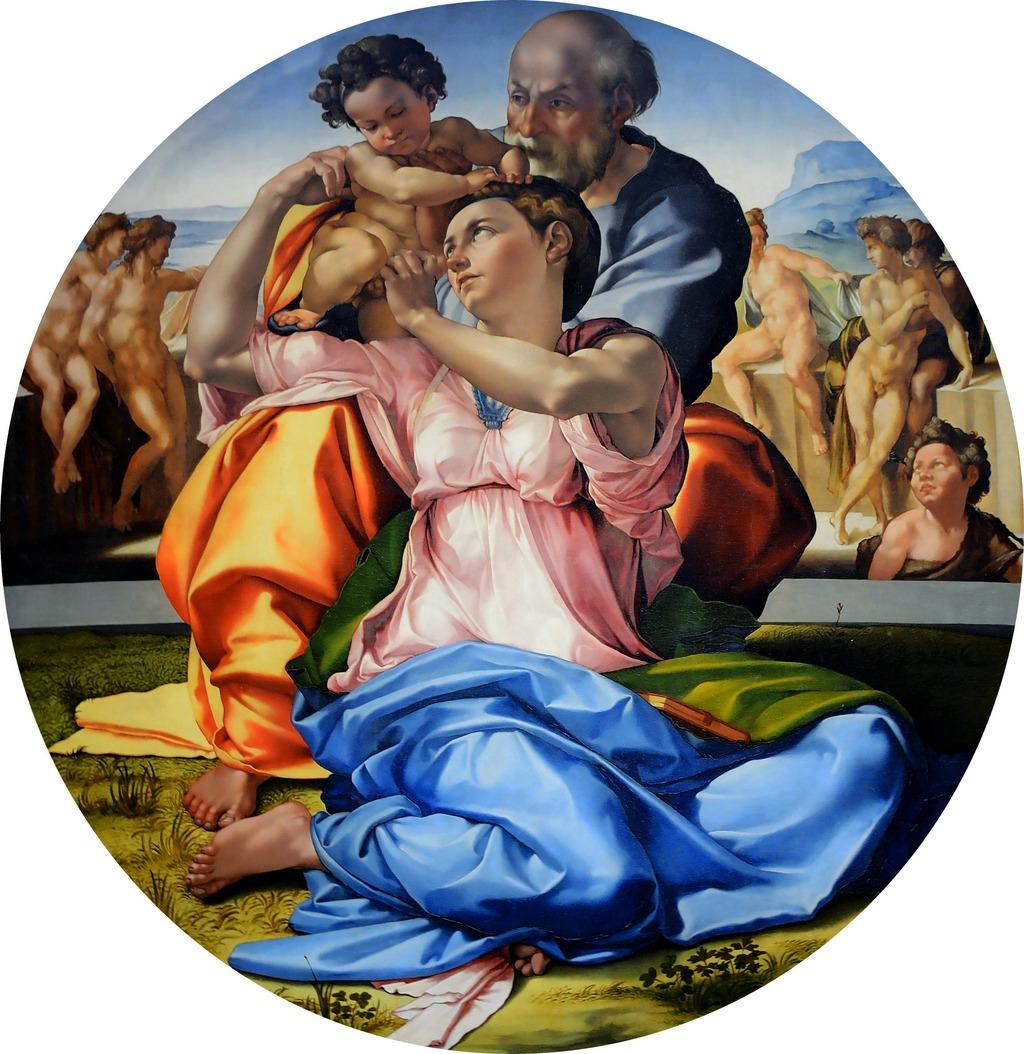
Rubens, in the early 17th century, offered us an enormous Nativity (almost 4 meters in height!), which is also his largest surviving work, today in the Prado Museum in Madrid. It is considered one of his most majestic and baroque compositions, where he places Jesus as the focal point of the light that illuminates the entire scene.

A few centuries later, at the end of the 19th century, Paul Gauguin in an absolutely unconventional way proposed a scene with a Tahitian setting, to which he gave the title in the native language of Tahiti “Te tamari no atua” which translates as Birth of Christ the Son of God”, today in the Munich Art Gallery.
Jesus is a child born on a bench, with a woman and an angel next to him. he is placed at the side of the canvas while the woman turns her gaze to the animals in front of them.
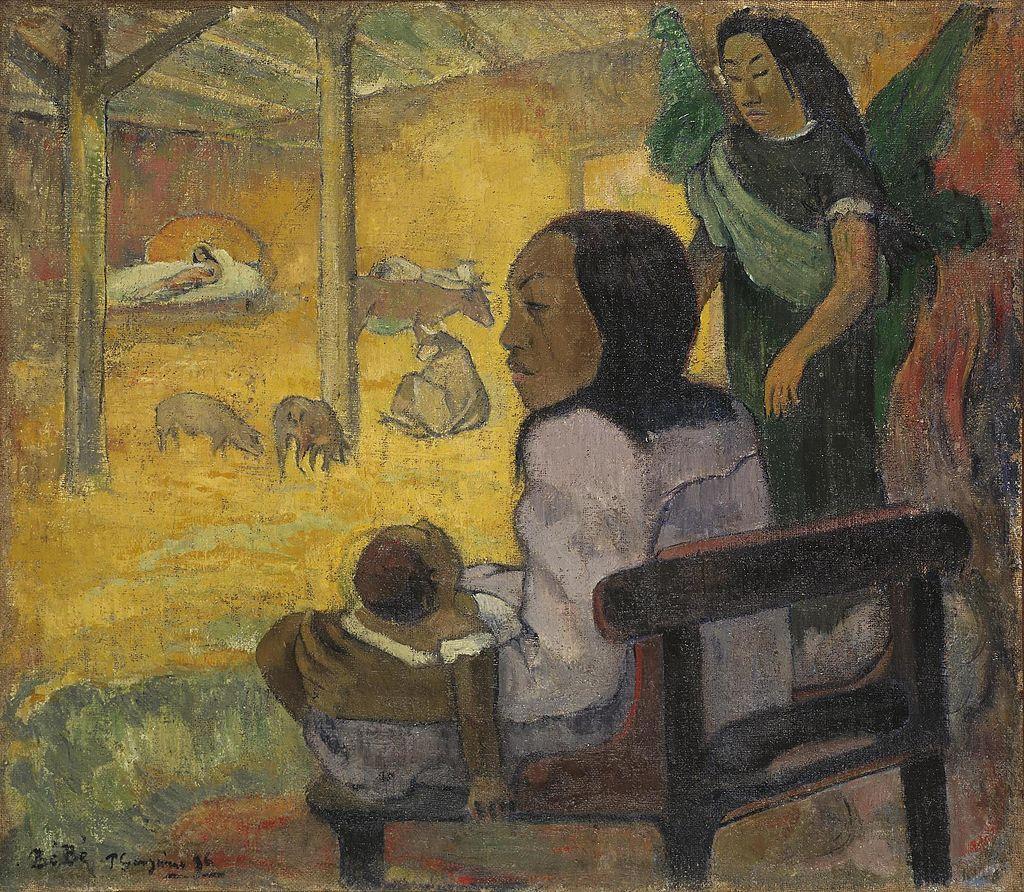
Among the most particular evocations of the Nativity of our century, we mention that of Daniele Franzella, from 2014. His work is a collector’s treasure chest, the scene of a theater of yesteryear, a doll’s house, a sentimental archive. The nativity scene breaks down, breaks into pieces, and becomes the set for a drama of memory and history. Domestic interior with the Holy Family, which is any Jewish family posing, victim and witness of the tragedy of Nazi-fascism in front of the camera. Hunting trophies hanging on the wall are the ox and the donkey, and a slew of period objects evoke the sense of family and the weight of memory.
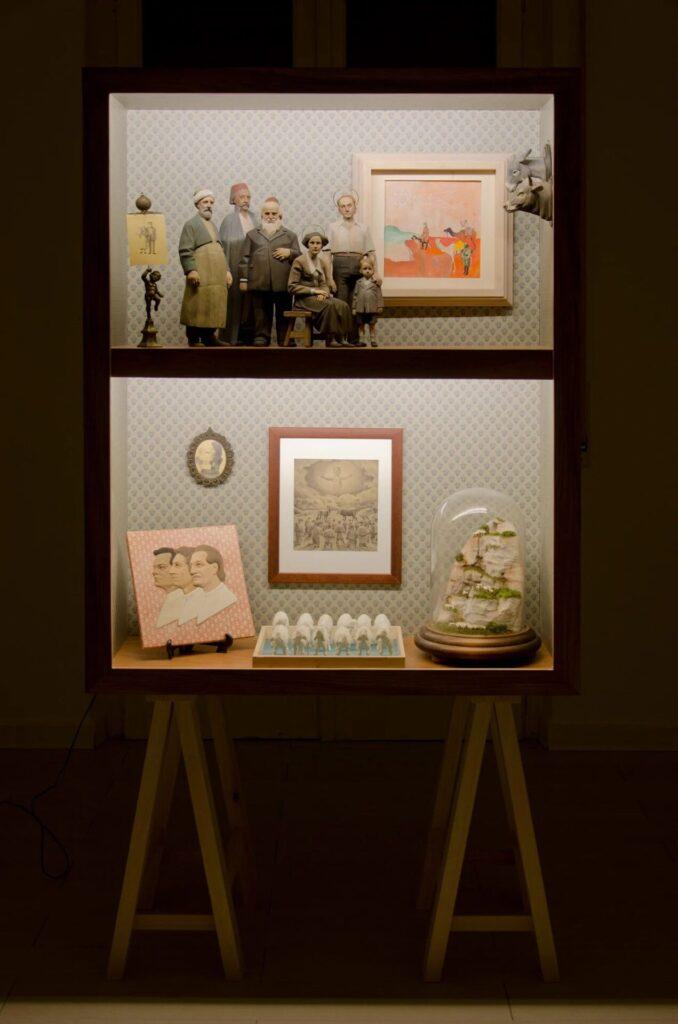
From this very brief and concise excursus on the evolution of the nativity, we understand how the theme has undergone iconographic, iconological and expressive changes over the centuries.
However, there has never been a real break with the past, because the nativity continues to exist with its absolutely universal character.
Artists of every era and every culture have always known this and, with different sensitivity, styles and registers, have given us their idea of Christmas.
We offer you here a gallery of works on the same theme and we wish you Happy Holidays!
